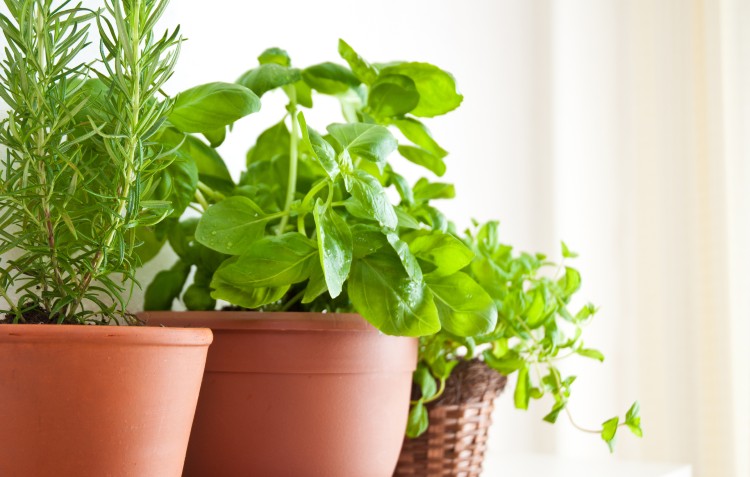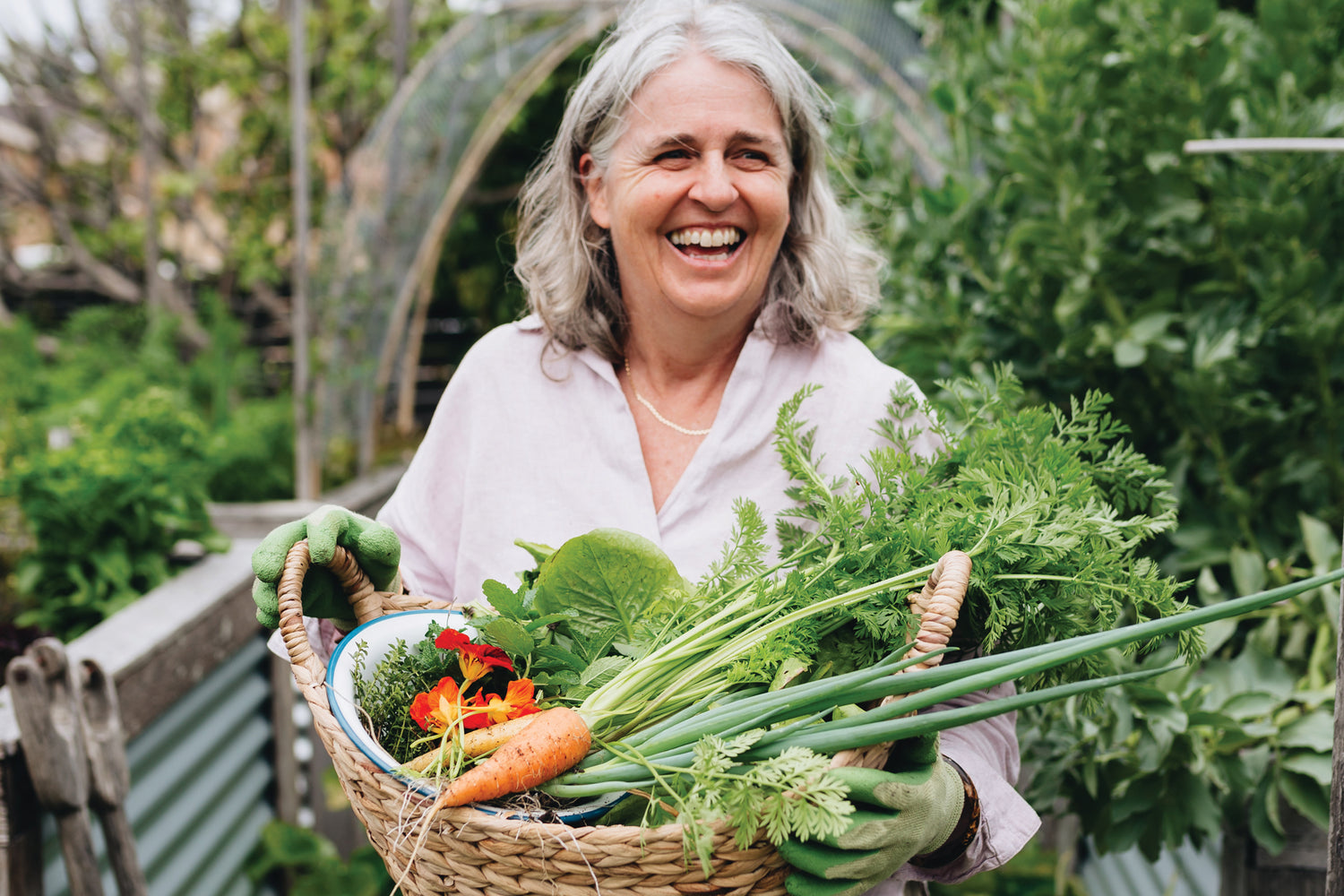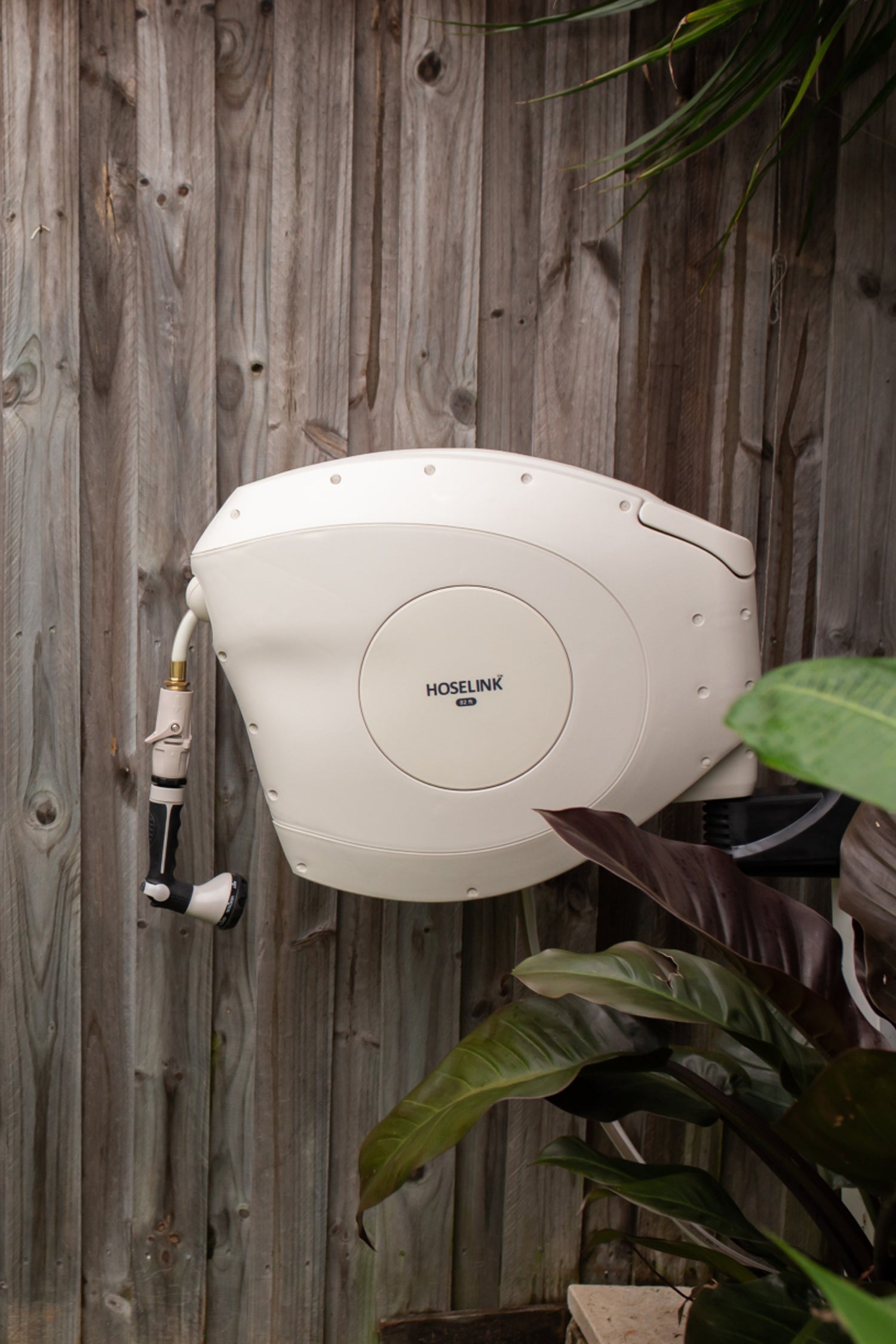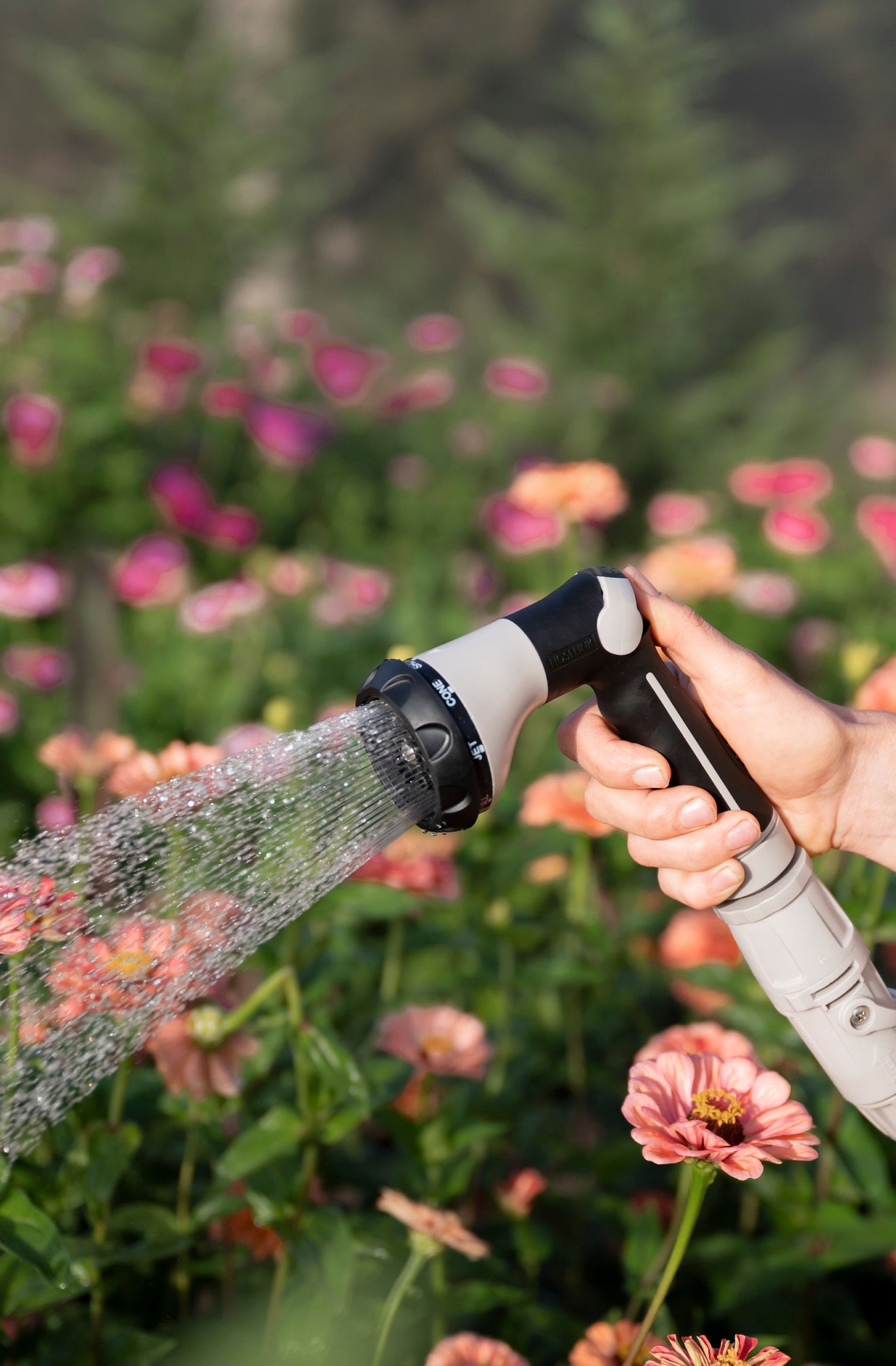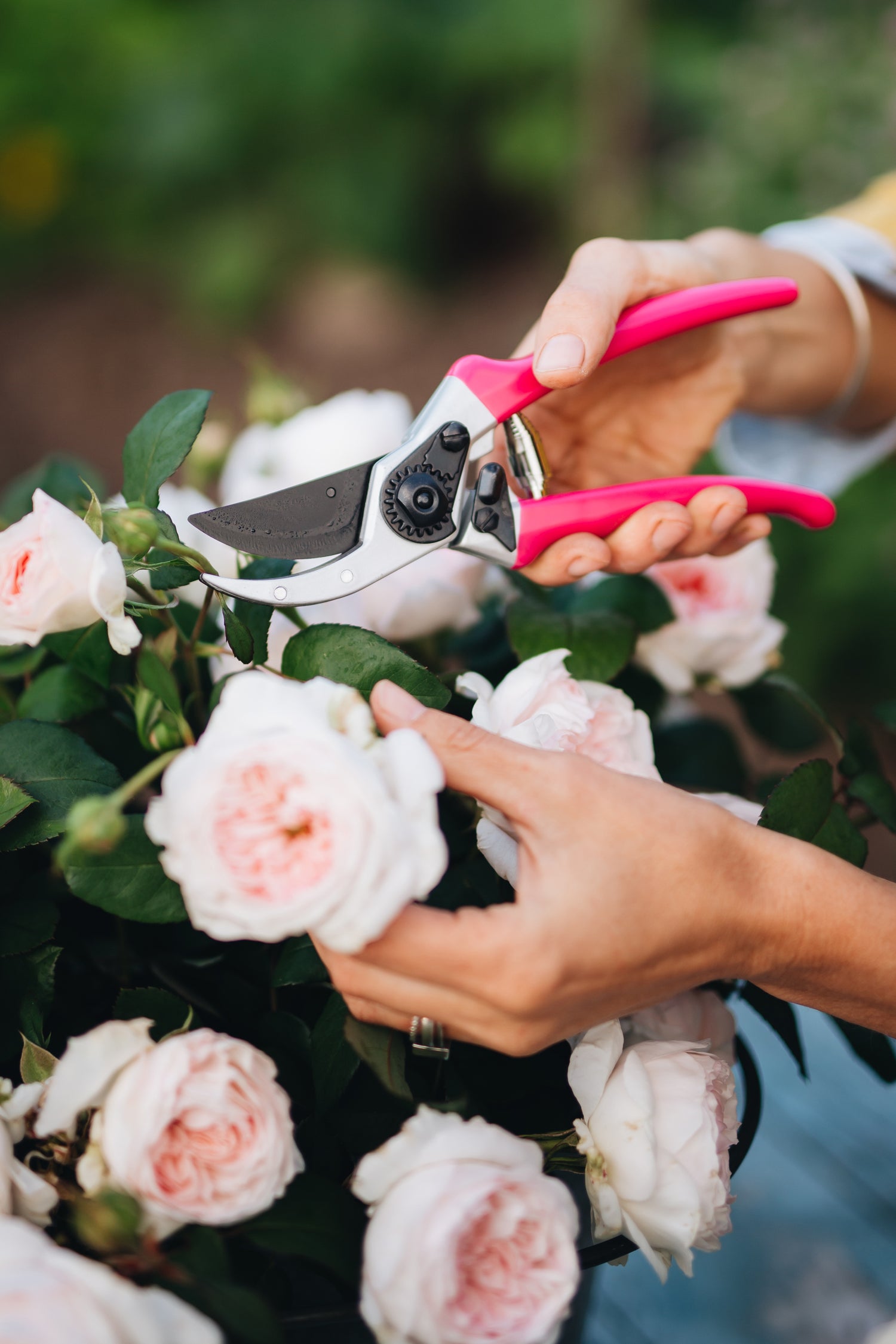Herb gardens are great for indoors or out and spring offers an ideal time of year to try something new, particularly when it comes to gardening! Herb gardens are a staple for cooking and are great for adding greenery without compromising on space.
Choosing herbs and setting up
Herbs can be grown directly in the ground or in a pot. Herbs can be started from a seed, or you can purchase an already established plant from your local nursery. There are a few things to remember no matter which option you choose. The first thing is that it must get at least 8 hours of sun, regardless of whether it’s indoors or out. If you are growing herbs inside, don’t stress, just position your pot or container wherever gets the most sun. For most people, this is by a window. The second thing to keep in mind is that the soil your herbs are in must be well-drained. This is a rule for most plants, as too much water can result in the plant becoming water-logged.
When it comes to selecting what herbs to plant, thankfully, there are many options to choose from regardless of the season. Basil, cilantro, fennel and dill make for excellent options annually and are also very versatile in cooking. A few other popular, beginner-friendly herbs include sage, oregano, chives, rosemary, and mint. How many you choose to grow will vary on your space, time and, of course, what herbs you are most likely to use and enjoy. After all, the idea is to save you money you would have spent buying herbs and reduce wastage. If you are new to gardening, keep things at a pace that is easy to maintain. Start small and develop it into something bigger over time.
Getting started
First things first, the extra few dollars for premium soil will make all the difference! It’s a worthy investment and gives you the best chance at success. Individual pots can be great options as are purpose-built herb garden beds you can purchase from your local hardware store or online. Whatever your style, choose something practical and easily maintained. If you are taking the DIY route, we have some tips to share. If you have some old pots lying around that maybe aren’t getting enough love, try the trash-to-terracotta hack and give them a makeover! To read more about trash to terracotta click here. To differentiate each herb (which is very handy if you’re starting from seed), utilize paddle pop sticks to label them and their water requirements and potentially a date planted. This will not only help you stay organized but will also help your own learning experience and share your tips with others!

Maintenance
There are herbs that transplant well (i.e. are moved to a new location and survive), and some that do not. For detailed information tailored to a specific herb variety, consult your local plant nursery or conduct some online research. Don’t be afraid to try new herb varieties, particularly as the seasons change. As the weather shifts, often what we eat and drink does too, particularly around the holiday season. Different herbs pair with different flavors, so it may be the perfect time to experiment.
When it comes to looking after your herbs, aside from when you harvest some for use, trimming off any dying stems as they appear using your Hoselink Secateurs and pulling up any weeds will be the most maintenance you need to carry out! Luckily pests don’t pay too much attention to herbs and shouldn’t be a problem, particularly if your herbs are indoors or are especially fragrant like mint and rosemary. Some organic fertilizer can help if you see your plant not looking its best, but this is only occasionally needed and definitely not essential.
There are so many benefits to growing your own herbs, don’t be afraid to fail! Ask people questions, seek advice and give it a go. You’ll be surprised how different herbs and homegrown produce tastes compared to what you buy in the supermarket!

Uses for your herbs
With your new flourishing herb garden, you may be wondering about some of the uses for them; thankfully there are many! Herbs are packed full of flavor that can take a dish from tasting a bit bland or boring to ‘wow’. From cooking to gifting to garnishing cocktails, here are a few of our favorite recipes to try out:
Cilantro
Cilantro pairs well with many dishes on its own. You may have seen it a few times garnishing Mexican dishes with sour cream and salsa. But if you’re looking to incorporate it into some other types of dishes, we have a few ideas. Cilantro works particularly well in marinades. A really simple recipe is to take some cilantro, chili, lime, garlic, brown sugar and cumin, then mix it all together and marinate some chicken or halloumi if you’re vegetarian. Bake the chicken at 425 degrees Fahrenheit for 20-25 minutes until golden and cooked through or, if you’re using halloumi, fry or grill for a couple of minutes on each side. Top with fresh cilantro and voila! An easy delicious and fresh meal that can be served with rice or salad.
Basil
Next time you have guests over, why not try a basil-infused mojito, instead of mint? These can be made virgin or with white rum and are a great way to use up your fresh basil in a creative new way. The recipe is almost identical to a generic mojito recipe. First, put two basil leaves and ¼ cup of sugar into a blender and blitz until combined. Rub rims of glasses with lime juice and dip into your basil sugar mix to coat. Then, in a cocktail shaker, add 8 basil leaves to rum, lime juice and sugar and shake until well mixed. Pour over ice into your rimmed tumblers and enjoy!
Don’t forget that basil is great for topping pizzas, pastas, dips and salads too, and is a match made in heaven when paired with tomatoes. One of our favorite ways to enjoy it is in a caprese salad on a hot summer evening. You can’t beat it!
Parsley & dill
To round out our recipe suggestions, here’s a great recipe involving everyone's favorite: potatoes! Potatoes make a perfect side dish to almost any meal, and this one involves two herbs you can easily grow at home. Start by boiling your potatoes until tender, then strain and place into a bowl to steam. Finely chop some shallot, parsley and dill. Add white wine vinegar, salt and your herbs to the cooked potatoes, mixing until combined. Add capers, olive oil and season to taste. Serve the potatoes warm or at room temperature. You can also try this with mayonnaise instead of vinegar, which makes an excellent side dish at a barbeque.

Gifting
Did you know that herbs make great gifts?! They can be used not only in cooking and eating but also in other DIY projects like making essential oils, bath salts or homemade soaps. Top tip: Use herbs in your table setting by incorporating them into the napkin rings, its a subtle way to add a light scent and some color too. Herbs are an excellent option for thoughtful gifts that are also budget-friendly, not to mention a perfect conversation starter!
There you have it, our go-to guide on starting your very own herb garden. Now give it a go and reap the rewards!

